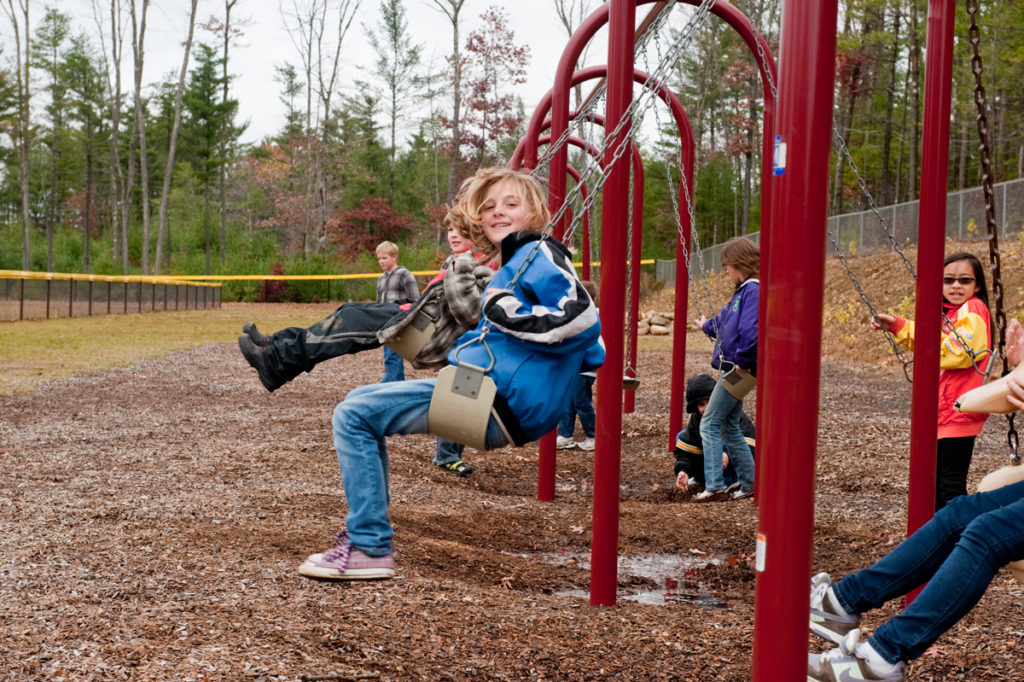
Morale can be hard to define, but you know it when you see it. When you walk into a school and everything immediately feels calm, safe, respectful, rich with learning, you know you’re standing in a school with high morale.
That’s exactly how you’d feel if you were to walk into one of the many schools in the nation using the research-based Responsive Classroom approach. You’d see and hear teachers showing patience, kindness, and respect toward each other and toward students. You’d observe engaging lessons in classrooms. Throughout the school you’d hear adults using positive language and drawing forth positive behaviors from students. You’d get the clear sense the adults like their jobs and the children want to be at school.
This is positive school culture. This is high morale. And this is indispensable to students’ school success.
So how do schools using the Responsive Classroom approach build this exceptional school culture? The answer is their leaders support teachers in developing teaching competencies—specifically, competencies in three key teaching domains: promoting academic engagement, building a positive learning community, and effectively managing the classroom. Being skilled in these domains enables teachers to make the instructional shifts called for by the Common Core and other 21st century standards, leads them to feel a greater sense of efficacy and work satisfaction, and results in greater student success.
I like to express the power of the three domains through an equation:
Academic Engagement × Positive Community × Effective Management = Student Success
It takes all three factors to get the product in this equation. If any of the factors is zero, student success is zero. If any of the factors is low, student success is low. If all the factors are high, student success is high. Through Responsive Classroom, school leaders are ensuring that all three factors are high.
Here’s what teachers learn in the three domains through Responsive Classroom professional development:
The data show that the Responsive Classroom approach works. A 2008–2011 randomized controlled trial by the University of Virginia found that when teachers fully use Responsive Classroom practices, students’ math and reading scores go up. And data from schools outside of the study also show higher math and reading scores after teachers start using Responsive Classroom practices, as well as reductions in discipline referrals, increases in positive attitudes toward school, and increases in teachers’ value-added measures.
I want to emphasize the idea of skill as we talk about school morale. Teachers come into the profession with passion in their hearts and a hunger to help young people. They want to spark great learning in students. They want to open doors for children, guide them through with a steady hand, and see them flourish far into the future.
But it takes more than a loving vision to help children succeed. It takes skill. When you combine passion with skill, you give them wings to soar to their aspirations. You turn them into teachers with teaching prowess. The kind of teacher who makes you think, “These students are in good hands. These students, because of their teacher, will be equipped to take on this 21st century world.”
I’m reminded of a first grader I met recently at Garfield Elementary School in Springfield, Virginia, a school that has been using the Responsive Classroom for ten years. When I walked into his classroom, he stepped away from his math activity to ask if I was a new student in the class. He wanted to make me feel welcome. I told him I was just visiting for the day, and he went back to his math, quickly re-engaging with that activity.
And as I observed his classroom, it became obvious that this young student’s social grace was just the tip of an iceberg. Beneath that tip was a body of social skills and academic muscle that his teacher was carefully cultivating with passion and skill. His teacher was doing the same with his twenty-five classmates. Next door was another teacher doing the same for another twenty-five children. And on down the hall. Sitting there, reflecting on this cumulative effect, I realized I was sitting in the midst of a movement. Quietly and without fanfare, the 6,000 teachers a year nationwide who receive in-depth professional development in the Responsive Classroom approach are moving beyond good teaching to great teaching—to transformative teaching that turns out bright, courageous young people ready for whatever visitor, challenge, or triumph life brings them.
Now that’s school morale!
Lora Hodges is executive director of Center for Responsive Schools, Inc.